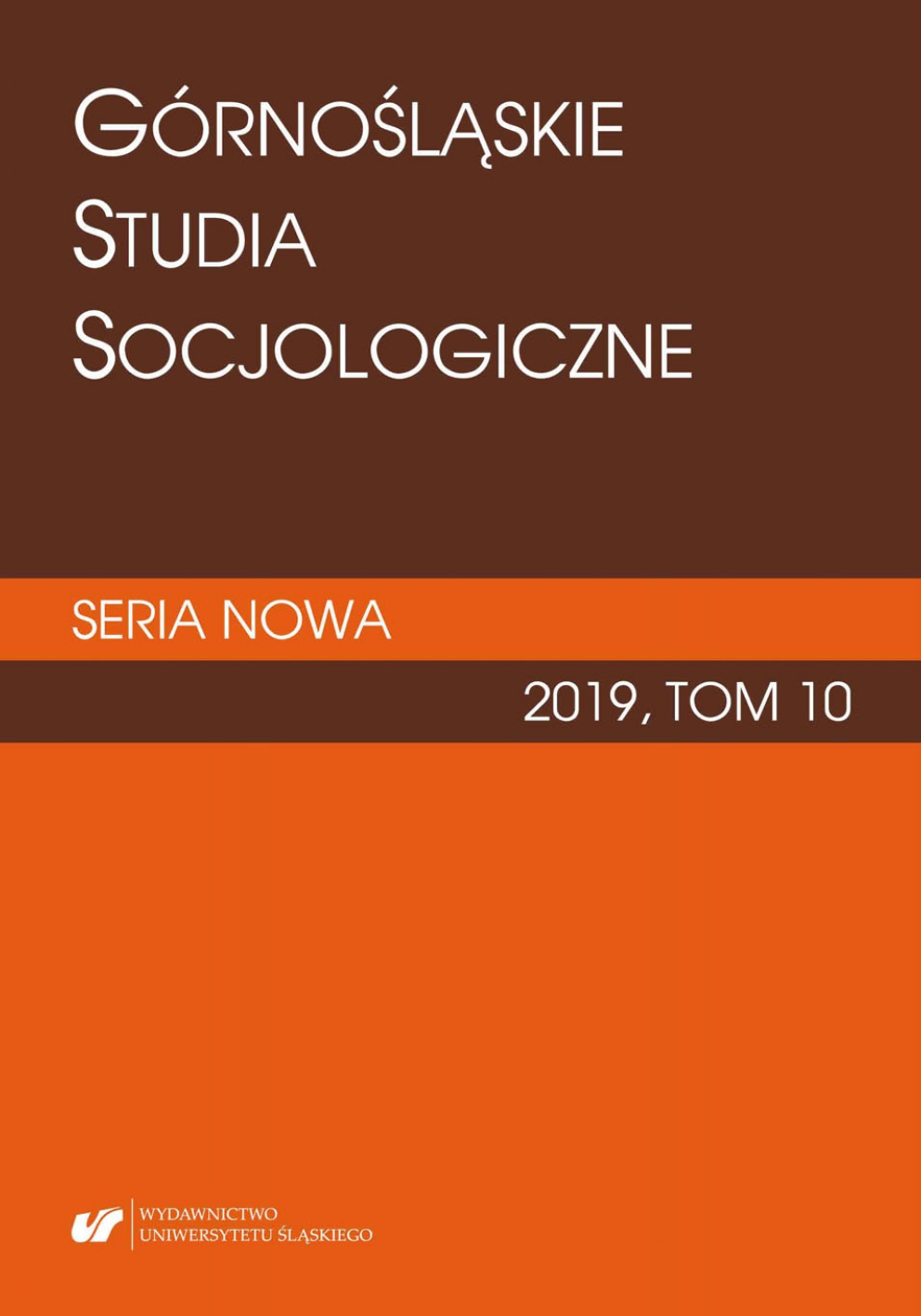Miasto sprawiedliwe w praktyce
A just city in action
Author(s): Agnieszka Bugno-Janik, Marek JanikSubject(s): Architecture, Rural and urban sociology, Environmental interactions
Published by: Wydawnictwo Uniwersytetu Śląskiego
Keywords: just city; urban commons; urban governance; commoning; new commons;
Summary/Abstract: A just city is one of those ideas that still evoke vivid emotions while remaining universally accepted and far from materialization. The most common attempts to make cities more just are reduced to different ways of redistribution. However, the changes in social relations, in the consciousness of urban residents, seems inevitable and necessary so that real urban justice could begin to shape in the process of deliberation. The problem to be solved is the clarification of the concept of urban justice as well as its operationalization. The article describes the idea of a tool for developing urban civic awareness, and hence urban justice. The basis for considerations is the idea of urban commons and the John Rawls concept of social justice. We take as an assumption that a just city is one in which access to urban resources/goods is fair. Social relations in the city should create the possibility of a just, not necessarily equal, use of a collection of resources, values, and opportunities that constitutes every city in a unique way. For a just social relationship, a greater awareness of the state of justice in the city is needed and greater activity of the inhabitants in the process of obtaining it. The concept of justice as fairness is helpful in the operationalization of this assumption. The essence of the proposed method of deepening the awareness of the inhabitants is a gradual sharing of a multi-perspective image — a map of the availability of various urban goods depending on the place of residence and individual circumstances, which reflects the state of urban justice. Such a map would be the basis of the deliberation process and, on the one hand, revealed the state of urban justice, on the other — by simulating its change as a result of urban investments — al lowed it to be improved. Thanks to access to information about the state of justice, users would gain a basis for thinking about the city in a way that takes into account different situations and perspectives, which could become a stimulus for the development of grassroots participation.
Journal: Górnośląskie Studia Socjologiczne. Seria Nowa
- Issue Year: 10/2019
- Issue No: 1
- Page Range: 159-177
- Page Count: 19
- Language: Polish

